I need to send a Customized Error page for 503 Errors produced by my asp.net website. I have tried to simulate the condition by switching off the application pool (doesn't work) and by flooding my application with requests. Even though IIS sends me the default 503 error page, and even though I have tried setting a Custom URL in IIS and ASP.NET for this error code, it still returns me the default 503 error page !
I'd appreciate if someone could also tell me where the default 503 error page is kept that IIS sends.


